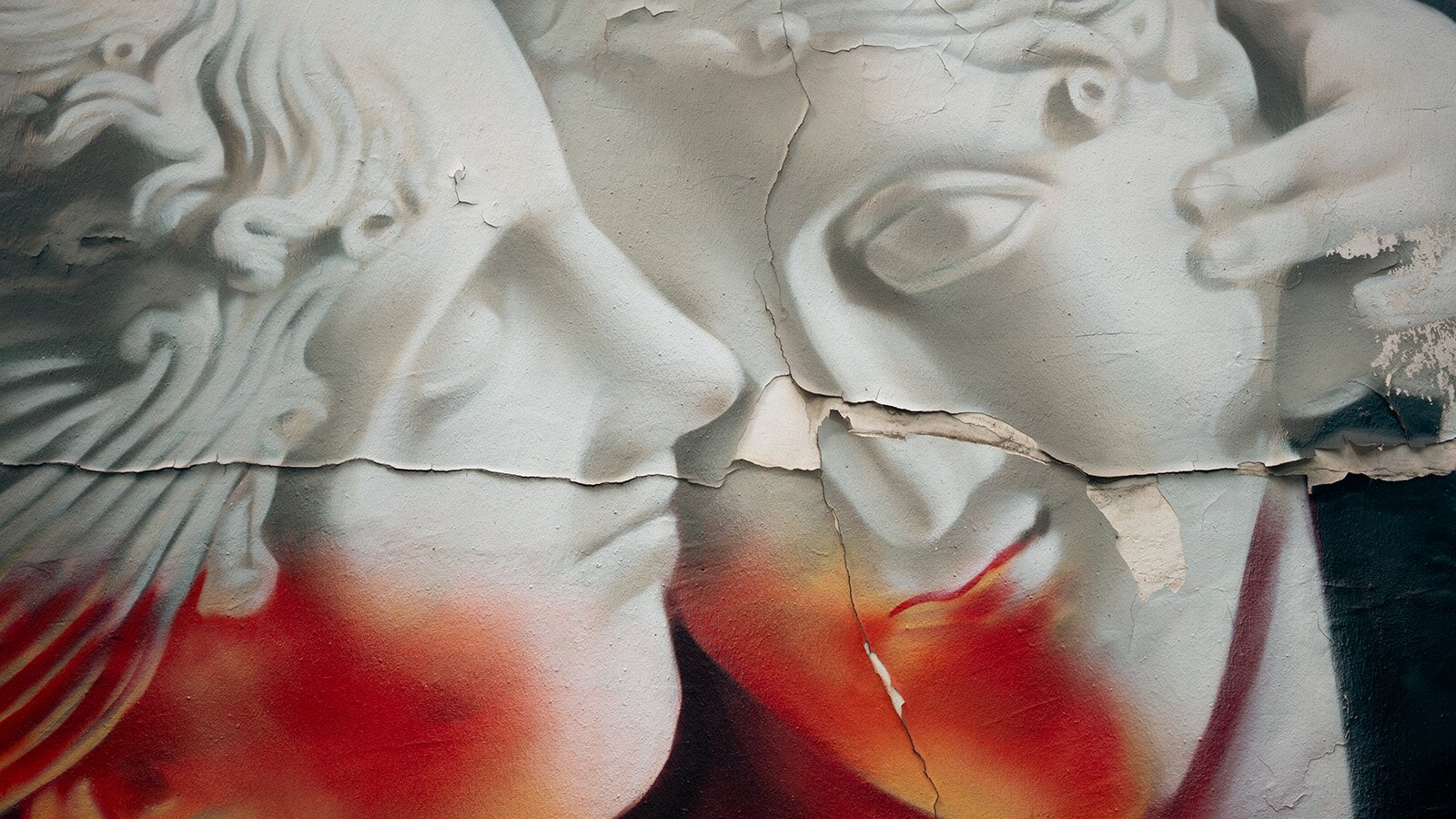There are huge cultural differences with skin tones and with what we find attractive. Perhaps you've seen an Asian tourist walking through the pedestrian zone with an open umbrella in beautiful summer weather. This is simply because pale skin is viewed positively in Asia. Some Asians even use creams to appear paler.
However, in Germany and — as far as I know — in all of Europe, tanned skin is what is considered healthy. If you're tanned, you're pretty. It must be a social thing, because I feel that way too, even though my whole family has pretty pale skin.
Some fellow citizens have not yet noticed that there are many different skin types and so even today I sometimes still hear: "Go out in the sun and get a tan." But I'm a very light skin type and my skin won't turn brown at all.
Sunscreen with a protection factor of 30 is a must, otherwise my skin burns within a few minutes. After at most 20 minutes without sunscreen I turn red. And in Southern countries like Spain where the sun burns harder, I prefer to apply UV factor 50.
But there are also big differences in skin tones with people of color. A simple division into only six different skin types for people in the world as shown in the Fitzpatrick Classification established in 1975 is no longer sufficient today.
To be fair, it should be said that this was not about race declaration, but about the use of sunscreen and the risk of skin cancer.
A new scale
For machine learning and artificial intelligence, it was now necessary to create a more precise classification of skin types. The old data model was no longer sufficient and the assignments were too imprecise. Doctor Ellis Monk from Harvard University therefore developed a new scale. It's called Monk Skin Tone (MST) Scale and was deliberately limited to 10 levels for skin types around the world.
It's difficult for me to categorize myself, but I'm not a machine either. Certainly the scientists have spent a lot of time to find the most appropriate values.
Monk Skin Tone Scale (with HEX color values)
#f6ede4
#f3e7db
#f7ead0
#eadaba
#d7bd96
#a07e56
#825c43
#604134
#3a312a
#292420
Source: skintone.google
The scale is not about assigning specific skin colors to specific races. The entire racial thinking is no longer up-to-date anyway. However, I have the feeling that the scale has too much of yellow and green shades and I would have imagined a bit more red in the light skin tones. This is just my personal feeling.
How can the scale specifically help me?
Not at all for the moment. Because it was developed for machine learning and my work processes are all based on human perception.
This means that I will continue to make skin tones look sunnier and manipulate colors in such a way that they are perceived as beautiful where I live. This is sometimes absurd, but my photos are about feelings and not about science.
And different clients ask for different skin tones in post production, too. Playboy for example desires a more yellowish skin. Yellow in a sense of sun-drenched. Personally, I tend to add a pinch of red and feel this as more natural.
Overall, the colors that surround us and the time of the day (defining the color temperature of the light), play the biggest role and make skin colors look slightly different in every situation.
